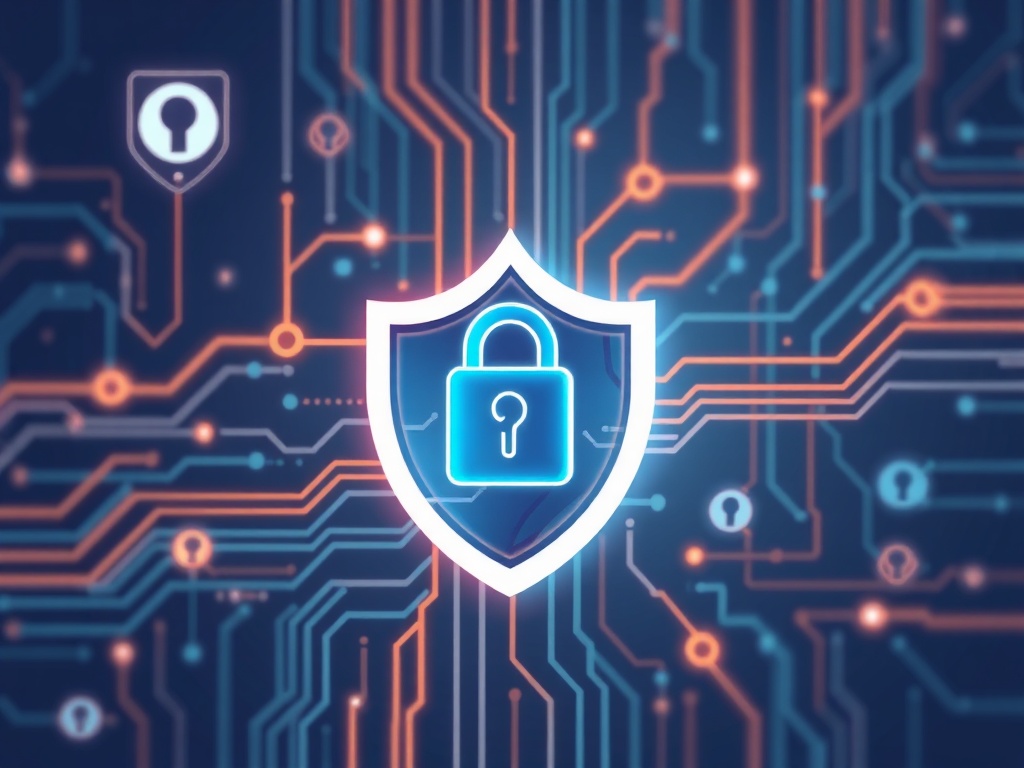Data privacy is no longer optional—it’s a core business responsibility and a personal habit. As data collection grows across apps, devices, and online services, protecting personal and customer information requires a blend of technical controls, policy, and everyday habits. The most resilient approach combines privacy-by-design, strong security fundamentals, and transparent communication.
Why privacy matters
Data breaches and misuse undermine trust and lead to regulatory, financial, and reputational consequences.
Beyond compliance, respecting user privacy fosters loyalty and competitive advantage. Consumers increasingly expect clear choices about how their data is used, and organizations that honor those expectations reduce risk and improve engagement.
Practical steps for organizations
– Conduct a data inventory: Map what data is collected, why it’s needed, where it’s stored, who has access, and how long it’s retained. Knowing the data lifecycle is the foundation of any privacy program.
– Apply data minimization: Collect only what’s necessary. Reducing collection limits exposure and simplifies compliance.
– Embed privacy-by-design: Make privacy requirements part of product development and procurement decisions. Require privacy impact assessments for new systems or high-risk processing.
– Implement least privilege and zero trust: Restrict access to data based on role, enforce strong authentication, and assume no implicit trust for internal or external requests.
– Use privacy-preserving technologies: Explore differential privacy, federated learning, and homomorphic encryption for analytics and machine learning to reduce the need to share raw personal data.
– Manage third-party risk: Vet vendors for their data practices, require contractual protections, and monitor third-party access and subprocessing.
– Keep policies and consent up to date: Provide clear privacy notices, obtain appropriate consent, and make it easy for users to exercise data subject rights like access, correction, and deletion.
– Prepare incident response: Have a tested plan for data incidents that covers detection, containment, notification, and remediation.
Actions individuals can take
– Review privacy settings regularly: Check app permissions, browser privacy controls, and social media visibility settings to limit unnecessary data sharing.
– Use strong authentication: Enable multi-factor authentication and rely on a reputable password manager to store unique, complex passwords.
– Minimize data footprints: Disable unnecessary location services, limit tracking, and uninstall apps that request excessive permissions.
– Choose privacy-conscious tools: Consider privacy-focused browsers, tracking blockers, and secure messaging apps when appropriate. Remember that VPNs protect network traffic but do not make accounts immune to tracking.
– Be cautious with public Wi‑Fi: Avoid sensitive transactions on untrusted networks unless using a trusted VPN and secure connections (HTTPS).
– Read privacy notices selectively: Look for key points—what data is collected, purposes, retention, sharing, and rights—rather than trying to parse every legal detail.
Trends shaping privacy practices
Privacy-preserving analytics and machine learning techniques are making it possible to gain insights without centralizing raw personal data. Regulators continue to emphasize transparency, accountability, and user control, and privacy programs increasingly tie into broader governance, risk, and compliance frameworks. Combined, these shifts push organizations toward less intrusive data practices and stronger protections.
Good privacy is a continuous effort
Effective privacy protection blends strategy, technology, and culture.
Regular audits, employee training, and executive support keep privacy measures current and effective.

When privacy is treated as a business enabler—not a checkbox—organizations reduce risk, build trust, and create lasting customer relationships.